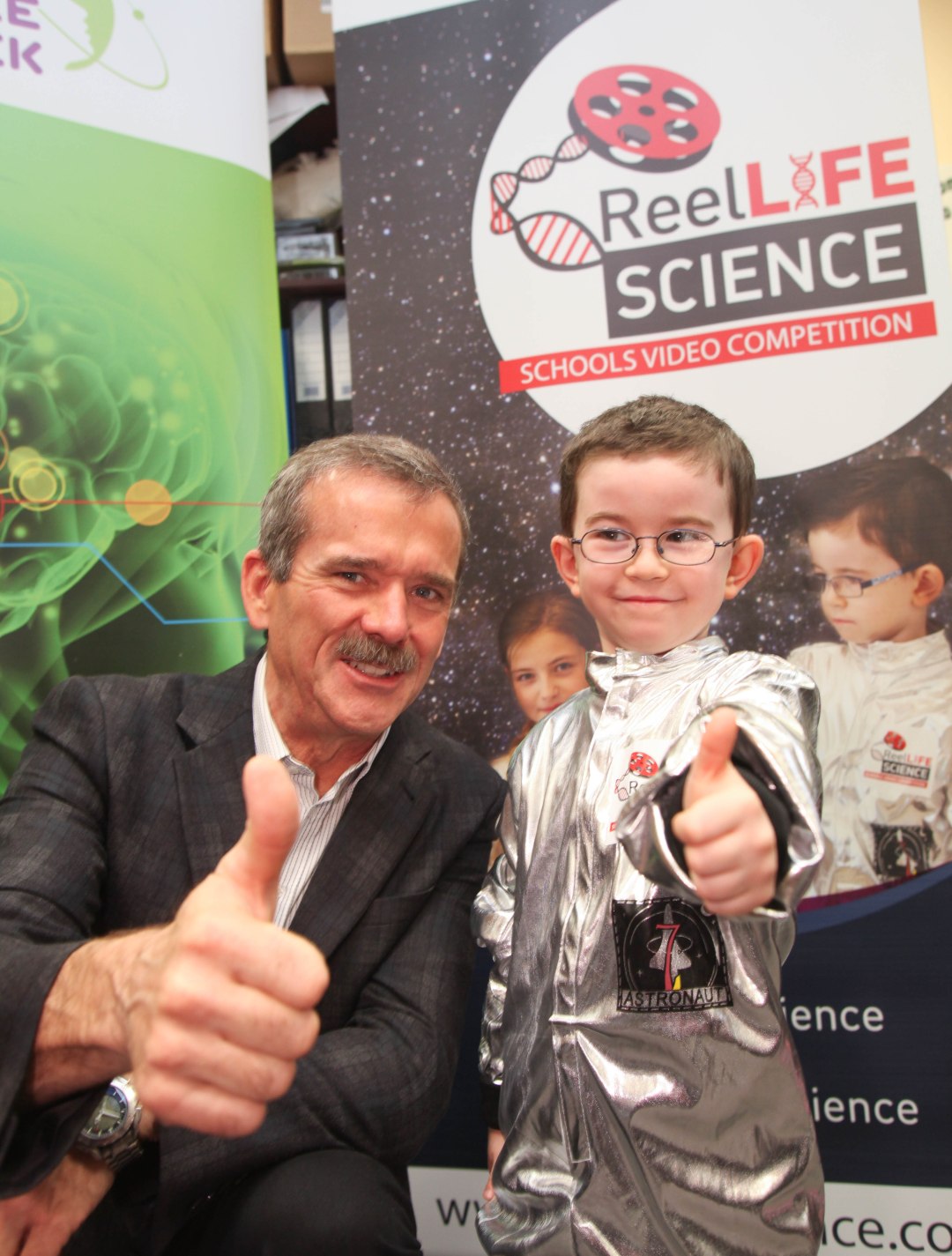In the latest of our Research Videos for 2016, Prof. Brian Hughes investigates whether the belief that feelings of misery and loneliness can cause someone to die of a broken heart, is in fact true.
Brian’s work in the NUI Galway School of Psychology explores the link between emotional stress, the functioning of our hearts, and our risk of developing various heart diseases. Over the past decade, his group has tested the cardiovascular response of thousands of people subjected to various laboratory-controlled stresses.
Video by Claire Riordan, Scientific Engagement Associate at CÚRAM . With thanks to Dr Sinéad Conneely, Lecturer, School of Psychology and Dr Wei Lü, Visiting Lecturer from Shaanxi Normal University, Xi’an, China.




